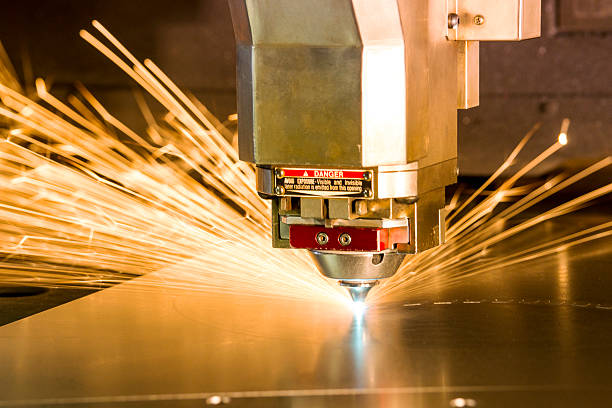
It is crucial to select the best tools to ensure the job to go smoothly and efficiently. Before you decide, there are many things to consider.
First, you must determine the material you will be cutting. This information will dictate the grade you choose and cutting geometrical shape.
Material
The material used in the production of cutting tools is an essential role in the machining process. The efficiency, the tool’s consumption, processing costs, machining accuracy and surface quality are all affected by the choice of the proper tool material.
Toughness and wear resistance are equally important for good machining results. Toughness refers to the capability of a china pcd end mills to withstand pressure and friction without breaking or chipping.
Temperature is one of the most important factors in determining the hardness of the tool used to machine. The more hard it is the higher the cutting performance.
Geometry
The cutting design of a tool influences the method of removal of material when cutting. It also influences the power and force of the cut.
The primary cutting edge of a tool comes by the intersection of an upper surface and an inclined plane that is perpendicular to its base. It is called the tool point, or nose.
In addition, a tool may contain several flank surfaces. They could be an apron or a flank side.
The chip-flowing surface is the rake. The chips that are produced by shearing during machining are able to flow over it and exit the cutting area. Rake angle, whether positive or negative, has a significant impact on the chip thickness and cutting forces.
Coatings
Coatings are hard substances that improve the efficiency of solid cbn inserts. They can prolong the life of a tool reduce machining costs, and increase productivity.
One of two methods to make PVD coatings is to either evaporate a solid metal target (such as titanium or chromium) or bombard ions using gas that is reactive, like nitrogen, or a gas that is carbon.
When a metal ion is evaporated, it creates compounds which are then put on the tools as a thin, highly adhering coating.
Coatings play a crucial role of manufacturing processes and need to be checked for adhesion, thickness, construction and structure. Based on the coating, the coatings are generally inspected with Calotte grinding, or X-ray fluorescence radiation.
Speeds and Feeds
Feeds and speeds are key parameters to consider when selecting cutting tools. They impact the machinist’s objectives of a long tool’s life as well as the optimum time for machining and a high-quality surface finish.
You can optimize cutting speeds and feeds through trial and error and also by gaining experience. A variety of factors can affect the most effective setting, such as the material, machine and tool.
The cutting speed controls how quickly material is removed from a workpiece. This is crucial to limit chip thinning, which can lead to manufacturing defects , and can lead to longer lead times.
The speed that the cutter moves is called a feed rate and is typically measured in inches per turn (in/rev or IPR) to describe boring and turning processes. However, machinists utilize millimeters per revolution (mm/rev) to mill.
Reliability
Reliability refers to how easily an experiment or research result can be replicable. Tests that test one idea are particularly dependent on the reliability.
For example, if you were to ask a group of individuals to rate the amount of violence they’d commit while playing with the Bobo doll, you’d want the scores of each individual to be highly correlated.
This is known as inter-rater reliability. It is commonly used to ask people to evaluate the quality of something recorded on.
Leave a comment